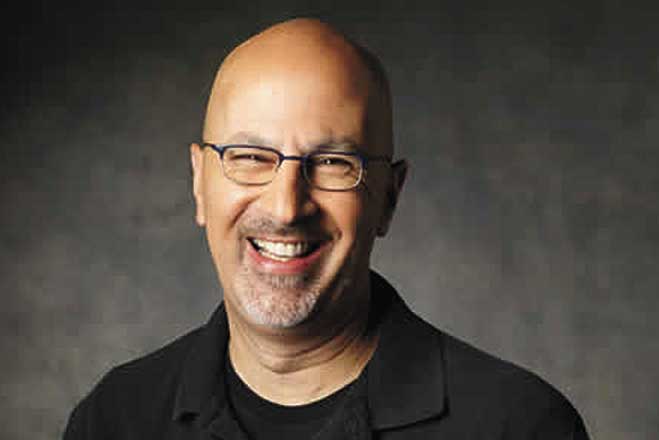
Executive Director Pittsburgh Promise
Academically, the Pittsburgh School District’s Pittsburgh Promise is achieving its goal of providing—in some cases free—college scholarships to students who might otherwise never have had them.
Since its rollout in 2008, the program has awarded nearly $40 million in scholarships to around 4,600 qualifying students, 42 percent of which were African-American students.
The Pittsburgh Promise now awards up to $40,000 to qualifying students, not only to attend two- or four-year, in-state college, but also trade-specific technical schools and degree programs in a variety of economic sectors ranging from healthcare to accounting.
Including the 2013 school year, African-American females accounted for 27 percent of promise scholarships, with White females making up 28 percent.
White males comprised 23 percent of the total and African-American males receiving 15 percent of the scholarships. Of these, 39 percent are so financially needy that their family contribution to higher education is zero.
Though students need to have 90 percent attendance and maintain a 2.5 GPA to qualify for Promise scholarship funds, according to its most recent report, more than half are reaching 3.0. Retention rates for Promise scholars are also improving, with 80 percent of those attending four-year colleges and universities continuing for more than a year. The retention rate at two-year schools, however, is only at 62 percent.
While the Pittsburgh Promise has been a boon to some students, it has not, as originally hoped, helped to boost overall academic performance throughout the district. Since its inception, only two Pittsburgh High Schools, CAPA and Allderdice, have shown improvement in SAT testing scores. The numbers fell at every other high school.
District-wide last year, in schools with ninth through 12th grades, only 54 percent of graduating students qualified for the program. In schools featuring sixth through 12th grades, the rate was 34 percent. According to the district, 47 percent of its students are chronically absent, which would make them ineligible for the Promise.
Another hoped-for result of the Promise was that its lure of a nearly free college education would reverse the city and the district’s, decades-long population loss and boost the tax base. That has not occurred.
Though the city has seen an influx of 18-24-year-olds compared to the previous decade, the age group likely to have school-aged children continues its exodus. Census data compiled by the Allegheny Institute for Public policy shows that in 2000 there were 48,860 residents in the 24-35 age group, 10 years later, the now 35-44 year-olds number just 31,990.
That’s almost 17,000 fewer residents.
Given this, it is not surprising that despite the wonderful opportunity presented by the Promise and predictions of higher enrollment from the district, the number of students declined again last year. Total enrollment was just under 25,000 compared to 37,000 a decade earlier. This year saw a drop of 340 students. Of those, 260 occurred in the district’s high schools.
The Pittsburgh Promise has, however, with the recent $5 million gift from the Grable Foundation reached $168 million in funding, bringing it within $82 million of its $520 million goal. This makes the Pittsburgh Promise the largest and most inclusive of any such program in the country.
So while not all who might are taking advantage of the Promise, there is more funding available for those who do. And for them, it is the opportunity of a lifetime.
Follow @NewPghCourier on Twitter https://twitter.com/NewPghCourier
Like us at https://www.facebook.com/pages/New-Pittsburgh-Courier/143866755628836?ref=hl
Download our mobile app at https://www.appshopper.com/news/new-pittsburgh-courier